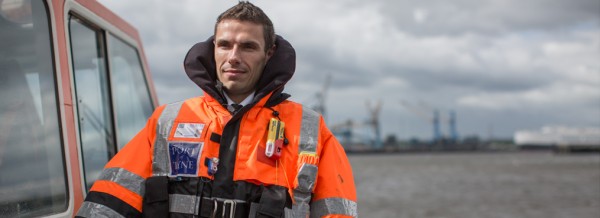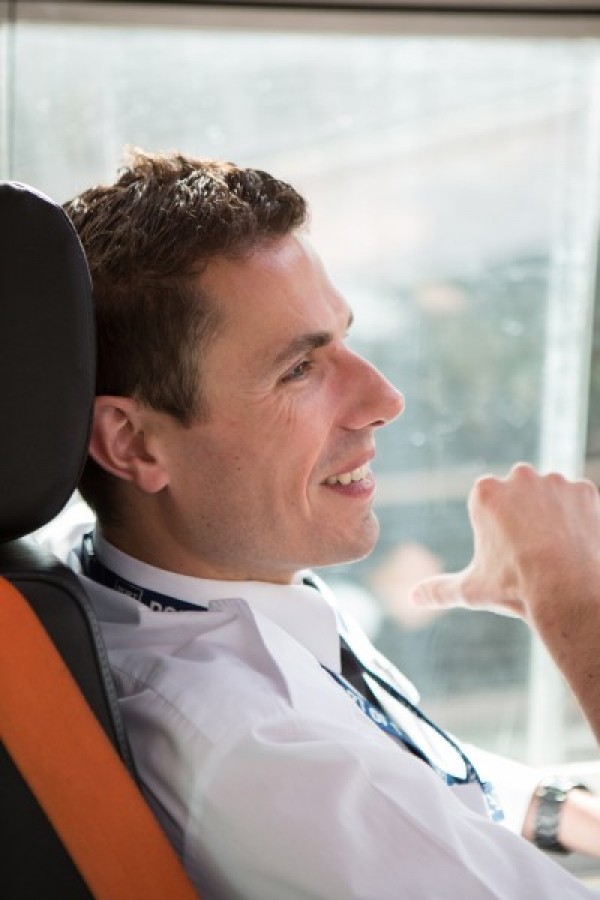
Blog
25th June 2019
Seafaring — A Pilot’s View
This National Day of the Seafarer, Class I Pilot, Alex Castle highlights the importance of the Seafaring industry, and talks about his career to-date.
In the UK, 95% of all goods are transported by sea, and the ports and maritime sector plays an essential part in the UK economy. In the North East, we are lucky to have a rich and diverse Maritime history — there’s the Port of Tyne of course, but we also have a strong community and clusters of maritime excellence built around the River Tyne, including access to the world-renowned South Shields Marine School.
As Pilots, we can be guiding a small 80m coaster one minute then, the next, we can be on the largest car carrier in the world complete with three tugs; next, we might be piloting a container ship, and then a cruise ship to finish off the day. It’s worth remembering that every ship is different and, coupled with the ever-changing weather, it is this variety that makes seafaring such an exciting and rewarding career to pursue.
I began my seafaring career 20 years ago at P&O Cruises — or P&O Passenger Ships as it was known. After eight years of travelling the world with P&O, and working my way up to Navigating Officer, I left to work for North Sea Ferries, working on the River Humber, before taking up a Night Captain position, working the Dover—Boulogne route with LD Lines. My final company, before joining the Port, was Stena RoRo, where I was chartered to Moroccan, Tunisian and Algerian companies journeying between Southern Europe and North Africa. I remember, on my very first day of Marine School, seeing the Pilot boat coming down the Tyne and thinking, ‘I’d like to do that job.’ It took me 17 years to get it!
As Class I Pilot at the Port of Tyne, I am responsible for the navigation of any ship longer than 50m through the piers, as well as ensuring the ship is berthed safely, all the while liaising with the Tug Masters, mooring professionals, and my colleagues in the security team responsible for the positioning on Riverside Quay. At the Port, our Vessel Traffic Services and Pilot Services are ranked amongst the safest in the world; we are one of only three UK ports to have achieved both the national OSHAS 18001 safety standard coupled with the International Standards for Pilotage Operations accreditation.
There are four levels of Piloting: Class III, which licenses you to pilot ships up to 100m; Class II, up to 150m, Class I, up to 201m and, finally, Unlimited. The process of qualifying from Class III through to Unlimited takes around five years, and involves numerous exams, on-board exercises, as well as carrying a mandatory number of trips undertaken for each Class.
I would encourage anyone considering a career in seafaring to go for it. If you can cope with being away from home, it is an excellent profession. You get to travel the world, you’ll meet many interesting people from all nations and, once you’ve been at sea, there are a multitude of jobs you can take up shore side — from marine insurance, ship brokering and the many jobs in the ports and harbours industry.
This year, National Day of the Seafarer is focused on diversity within the Seafaring industry, with a strong emphasis being placed upon the importance and value of women within the professional ranks. In my days as a Cadet, I remember there being a female Chief Officer — she’s now a Captain with Princess Cruises. At sea, it doesn’t matter what gender, race or nationality you are; if you can do the job to the best of your availability, that’s all that matters.




